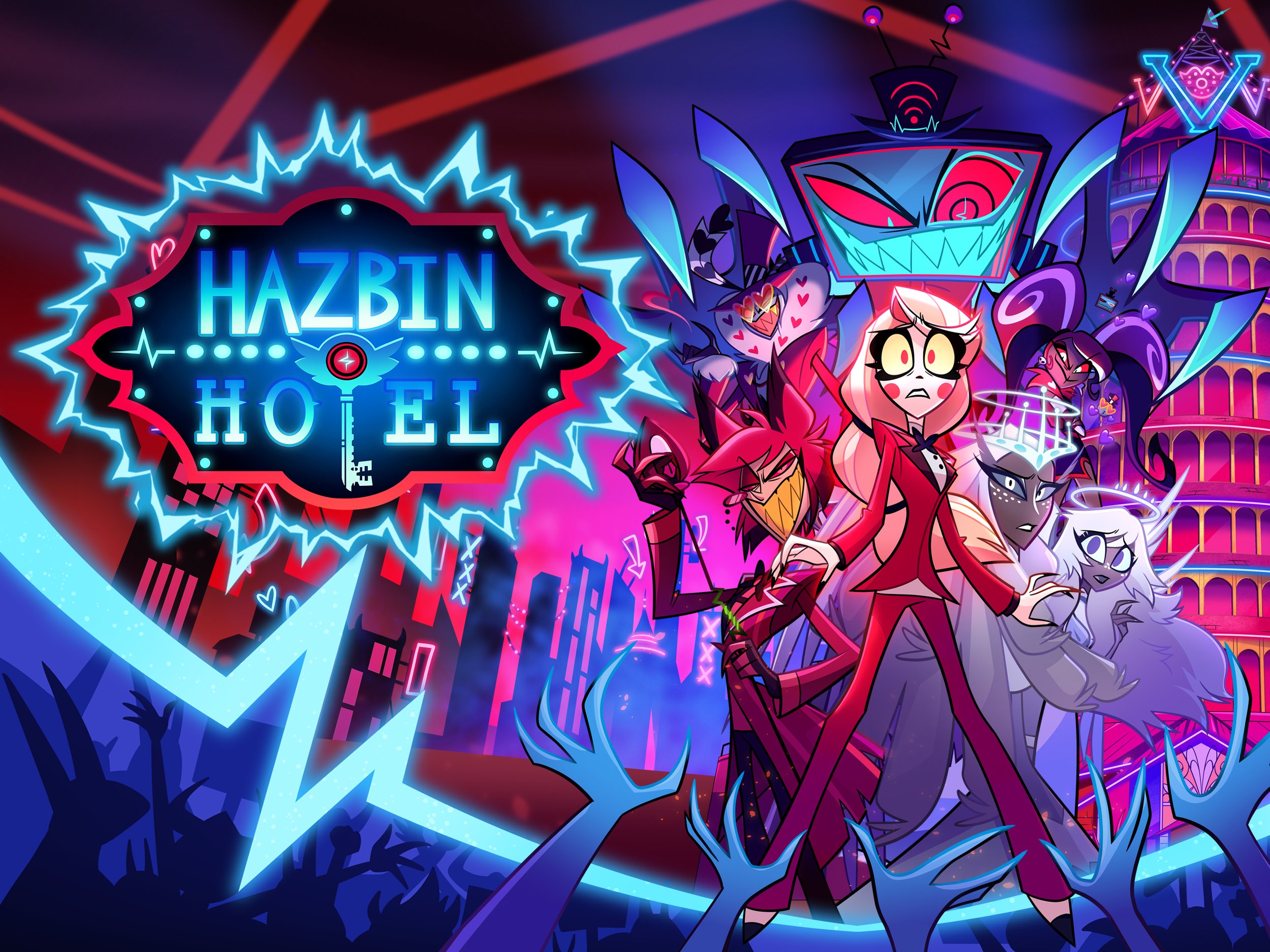White as Snow: Race, Innocence, and the Colour of Desire
Snow White. Her name is not a metaphor. It is literal. White skin, white snow, purity, innocence, these ideals are not simply aesthetic choices in the fairy tale; they are a blueprint for a racialized and exclusionary standard of beauty that has permeated Western culture for centuries. In framing the heroine as "white as snow," the story encodes a hierarchy of value that ties beauty to whiteness, moral worth to light skin, and desirability to Eurocentric features. This essay explores how Snow White’s very name exemplifies racialized ideals of beauty, and how this symbolism echoes far beyond fairy tales into the real-world legacies of colonialism, colourism, and cultural erasure.
The Language of Whiteness: Beauty, Purity, and Power
In the Brothers Grimm version, Snow White is described as having "skin as white as snow, lips as red as blood, and hair as black as ebony." This triadic image fuses racial and sexual symbolism: whiteness as innocence, redness as ripeness or passion, blackness as contrast, a danger or depth that is controlled. The emphasis on white skin is not incidental. Whiteness is not just physical; it becomes spiritual. It signals moral virtue, softness, fragility, and worth. In this framework, to be white is to be good, desirable, and ultimately saveable.
This language has a long, violent history. In colonial contexts, whiteness was elevated as the marker of civilization, rationality, and beauty. Non-white bodies were cast as dark, savage, eroticized, or deviant; a binary that served imperialist domination. Snow White’s story doesn’t just echo these dynamics; it institutionalizes them in the cultural psyche, planting ideas of racial superiority early, under the veil of fantasy.
The Global Export of a Eurocentric Ideal
Fairy tales like Snow White were born in and reflect European societies and yet their reach has become global through literature, cinema, and commerce. When Disney immortalized Snow White in its 1937 animated film, it reinforced these ideals on a massive scale. The heroine is pale, delicate, submissive. Her features conform to white European standards. Her purity is emphasized in contrast to the darker, more mature Evil Queen, whose features, attire, and makeup code her as "exotic" and dangerous.
This export of whiteness as beauty has had profound consequences. Across Asia, Africa, and Latin America, skin whitening industries flourish, fueled by internalized racism and a global media machine that centres white femininity as the pinnacle of beauty. From Bollywood to K-pop, lighter skin is consistently prioritized, while darker-skinned actors and idols are marginalized, cast in villainous or comedic roles, or erased entirely. Snow White is not the cause of this, but she is part of the foundation an early architect of a global aesthetic apartheid.
Colourism, Colonialism, and the Mirror of Modern Media
The legacy of colonialism lingers not just in institutions but in imaginations. Colourism, the preferential treatment of lighter-skinned individuals within communities of colour is a direct consequence of colonial hierarchies. The phrase "fair and lovely," once used to market skin-lightening cream in India, echoes the language of fairy tales with chilling precision. The idea of being "fairest of them all" takes on a sinister twist when viewed through the lens of empire.
In American media, similar patterns emerge. Black actresses with lighter skin are more likely to be cast as love interests or leads. Asian and Latin American heroines are often whitewashed in Hollywood adaptations. Beauty pageants and advertising still lean heavily toward Eurocentric features, even in multicultural societies. The archetype of Snow White lingers: a ghost in the mirror of mass media, whispering that to be truly loved, one must be pale, delicate, and deferential.
Whiteness and Moral Legibility
In Snow White, whiteness is not just desirable; it is morally legible. The heroine is good because she is white, and she is white because she is good. This circular logic reinforces a cultural shorthand that codes darkness: in skin, in clothing, in behaviour as suspect. The Evil Queen’s darkness (both literal and symbolic) makes her an easy target for villainy. Her ambition, sensuality, and non-conformity are demonized, while Snow White’s passivity and naivety are sanctified.
This binary is not confined to fiction. In real life, women of colour often find themselves needing to perform respectability to be seen as safe, competent, or deserving. Whiteness offers unearned grace; blackness, brownness, or any visible divergence from the norm must justify itself endlessly. The tale of Snow White thus becomes not just a story of good versus evil but a parable about who gets to be innocent, and who must fight to be believed.
Toward a Decolonized Reading of Beauty
To deconstruct the racial politics of Snow White is not to cancel fairy tales, but to understand the quiet violence they often reproduce. Stories shape values. They craft the mental furniture of childhood and plant seeds that bloom in adult bias. When children are told that beauty looks like pale skin and danger comes in dark clothes or darker faces, we cannot be surprised when those associations persist into hiring practices, dating preferences, or policing outcomes.
Decolonizing the tale means interrogating its assumptions and disrupting its binaries. It means retelling stories where beauty is not synonymous with whiteness, where virtue does not wear pale skin, and where characters of colour are not relegated to the margins. It means recognizing that stories are never neutral, they are ideological machines. And like the magic mirror, they reflect back not just what is, but what a culture wants to see.
Simply Put: Who Gets to Be the Fairest?
"White as snow" is not just a descriptor, it is a cultural weapon, wielded through centuries to elevate some and exclude others. The fairy tale of Snow White, seemingly innocent, participates in a long tradition of aligning whiteness with goodness, beauty, and virtue. To see this clearly is not to destroy the tale but to liberate it from unexamined dogma. We must ask who gets to be "the fairest of them all," and why that question still holds power in the modern world.
In reimagining these stories, we can reclaim space for other kinds of beauty, other kinds of heroines, and other kinds of mirrors. Ones that do not only reflect whiteness, but the full spectrum of human colour and complexity.
References
Hooks, Bell. Black Looks: Race and Representation. South End Press, 1992.
Dyer, Richard. White: Essays on Race and Culture. Routledge, 1997.
Hall, Stuart. Representation: Cultural Representations and Signifying Practices. Sage, 1997.
Yuen, Nancy Wang. Reel Inequality: Hollywood Actors and Racism. Rutgers University Press, 2017.
Table of Contents
About this Series
This article is part of a three-part critical exploration of Snow White through a progressive psychological lens. Revealing hidden power structures and cultural assumptions beneath the fairy tale’s surface.
Read the full series:
Villain or Victim? The Evil Queen’s Tragedy in a Patriarchal Mirror
Snow White: Is She Safe or Silenced? Protection as Patriarchal Cage
Together, these essays challenge the mythologies of beauty, power, race, and gender woven into one of the most iconic stories in Western culture.






